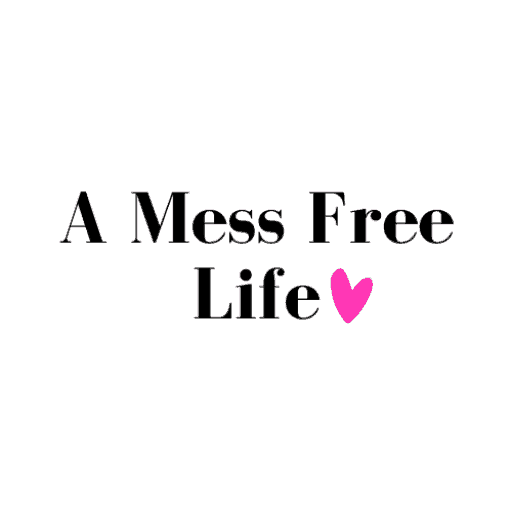A Mess Free Life may collect a share of sales or other compensation from the links on this page.

Fifteen years ago I found myself on the brink of bankruptcy. I did so many things wrong with my money. I didn’t have any protections in place to ensure if I lost my job I’d be able to stay afloat until I found another job or got a business off the ground and profitable.
What did I do wrong? In no particular order, I:
- Didn’t have an emergency fund
- Had enormous credit card debt
- Didn’t live according to a budget
- Didn’t really know what I spent money on
- Was house poor
- Frequently paid late and overdraft fees on accounts
- Wasn’t concerned with finding bargains or saving money
- Overall sucked at handling my money
Interestingly enough, I invested a lot of money each month into my 401K, so I had this odd false sense of security because I had money in investments; more than anyone else I knew. Although I handled one aspect of my money appropriately, all others areas were a complete mess.
So when I suddenly was faced with losing my income and not being able to pay my bills, I finally realized what was seriously missing was my financial disaster plan.
1. My financial disaster plan started with beginning to build an emergency fund that equaled $2000 and building it to 3 months of living expenses.
Fifteen years ago, having 3 months in savings was considered a good emergency fund. Today, I encourage people to have anywhere from 6-12 months in available cash. I know this is a lot of money. But look at all the people out there who have been looking for work for over a year. When you really see the situation clearly, having an emergency fund that will cover your family’s living expenses for 12 months seems pretty realistic.
2. Second on my financial disaster plan was to pay off my credit card debt and not carry any debt into my future. This took some time, but I was able to pay off the debt and am now debt-free. Now if I were to lose my income, I wouldn’t have the burden of credit card companies hassling me regularly for money. That’s a huge load off anyone shoulder’s to be free of harassing creditors.
3. Third, I developed a realistic budget and tracked my spending based on what my actual expenses were. Living on a budget was difficult at first but when I started to notice and pay attention, I realized I was spending my money rather foolishly.
As I started to track my spending, I realized I was spending $25 dollars a week or $100 a month just on Dunkin’ Donuts. Once I saw this number in black and white, I immediately stopped going to Dunkin’s every morning and started brewing my own coffee and eating breakfast at home. By doing this, I saved $1,200 per year which I used to pay off my debt.
I still make my coffee at home and buy coffee out only when I want a treat. I just can’t justify spending $1200 a year on coffee.
4. Fourth, I started to drastically change my relationship with money. I read and read and read as many books as I could about getting out of debt. I learned about the motivators and triggers I possessed around shopping and overspending. I’ve highlighted my favorites in a recent post and see why they’re my all time best books I’ve ever read.
Although I utilized some other techniques, I think you get the picture.
Having a solid plan in place with a substantial emergency fund will protect you and your family if you should be threatened with a loss of income.
You can prepare for a financial disaster with proper planning. You’ll save yourself the heartache of the possibility of losing your home or filing bankruptcy. You’ll have peace of mind, which is more important than anything else.

